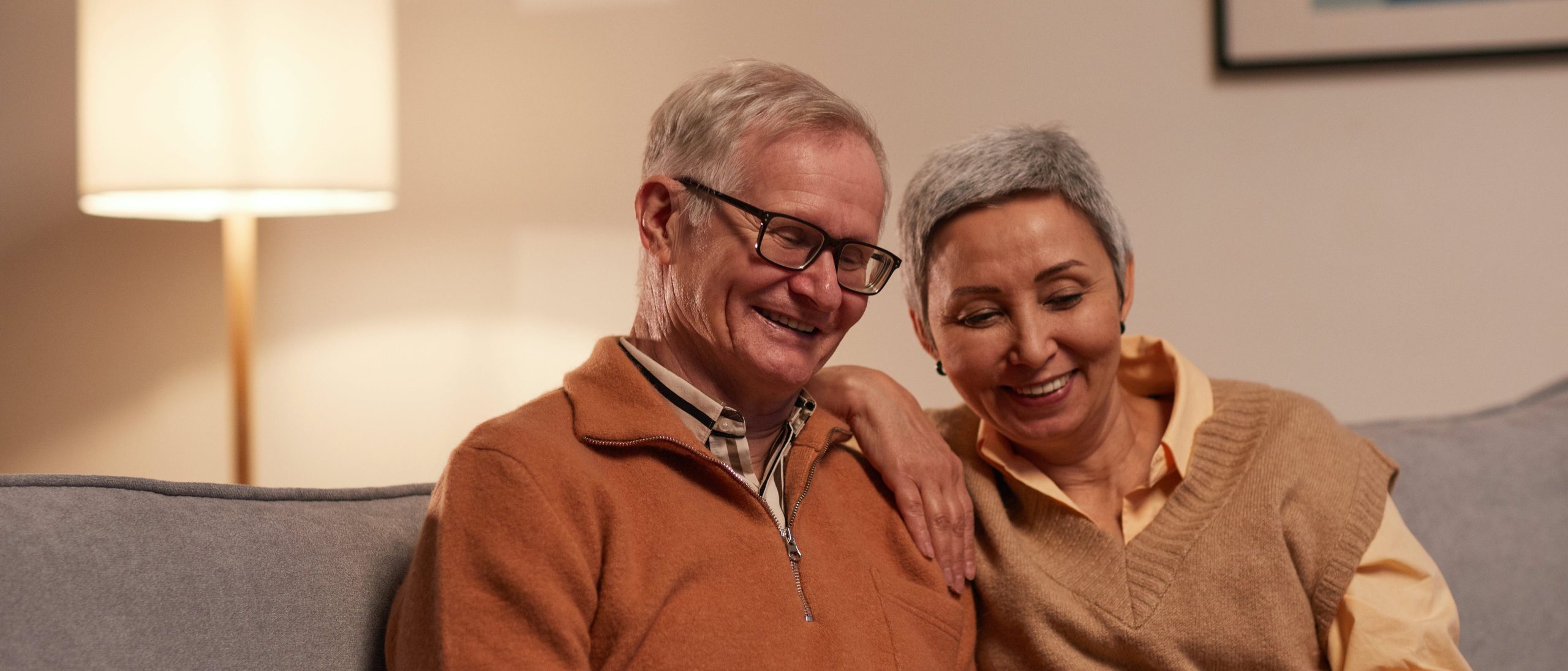Recently, Bradley Edwards has plead guilty to five of the eight charges against him.
He is also the man accused of murdering Sarah Spiers, Jane Rimmer and Ciara Glennon. These charges included sexual attacks on two young women – one in 1988 as the victim was sleeping in her home (she thankfully fought Mr Edwards off) and the other being a grotesque offence in 1995 at the Karrakatta Cemetery against a 17 year old victim.
Interestingly, though not unsurprisingly, pleas of not guilty were maintained against the three charges of murder. So why plead guilty to the rape and kidnapping of a woman off the streets, when you are said to be the Claremont Serial Killer? Does that not seem particularly damning only weeks out from the most anticipated, longest and most expensive murder trial in Western Australian history? You’ve held on this long – why not simply take those other charges to trial as well? The answer is that while these stunning new revelations have certainly signed Mr Edward’s death warrant in the court of public opinion, the Supreme Court of Western Australia is still a very long way from making their decision and this cunning move may prove to strengthen the trial case of the defence in the long run – in fact, more correct would be to say that it may weaken the prosecution case.
The basis for these comments requires somewhat of a ‘forensic’ examination on the matter – not an examination of dressing gowns, fabrics or pollen samples, but an examination of trial strategy. How could pleading guilty to similar crimes in a similar location to the alleged offences possibly weaken the prosecution case? This is all about trial craft. While being purely speculative, it is my opinion that the decision to plead guilty to these charges were made in consideration of the murder trial rather than based on any weight of evidence that may have appeared to loom against Mr Edwards on the previous 2 sexual attacks. This was a tactful concession of ground – the defence has thrown the battle to hold a chance of winning the war.
After the recent turn of events the court’s estimated 9 month trial has now been reduced to 6 months. The rationale for the seemingly bewildering decision starts to make more and more sense. Two initial and very obvious benefits are a dramatic reduction in the emotional toll of trial as well as legal costs. This of course applies not just to the Claremont Serial Killer case, but is a major consideration in almost all matters in all jurisdictions – criminal, family and commercial. While important, it is suspected that the core reason here has less to do with resources and more to do with trial craft.
Naturally saving money and time is important, but when you’re facing charges of murder these considerations may become secondary. Ultimately the pleas of guilty to these two attacks means that swaths of highly damaging evidence that would have otherwise been led by the prosecution may now, for the most part, have been lost to the ether. Three months of evidence is an extraordinary amount of crucial information that will no longer be before the presiding judge when he makes his decision.
Interestingly the defence had previously tried a different approach at keeping the evidence of these offences out of the murder trials. In March this year Justice Stephen Hall delivered his decision on the defence’s application to have separate trials for the charges. The application was denied and all matters against Mr Edwards were kept bundled into one (albeit very long) hearing.
Standing on the backfoot from that decision the defence threw an unorthodox (though probably not unexpected) counterpunch and eventually achieved what they always wanted. The charges have now essentially been ‘split’ as requested however obviously not as ideally intended. By pleading guilty His Honour no longer needs to hear the corresponding arguments behind the attacks, consider the reports, analysis and conjecture. His Honour can accept that the crimes were committed, that they are certainly going to be relevant for any sentencing however much of what the prosecution would have prepared for and sought to rely on may now be deemed irrelevant and inadmissible to the matters at hand – the murders.
There will now likely be arguments as to the relevance and striking similarities drawn between Mr Edwards snatching a woman off the streets of Claremont in context of what is alleged to have happened to Sarah Spiers, Jane Rimmer and Ciara Glennon. There has already been a relatively important propensity evidence determination on the violent pornography that was said to be in the possession of Mr Edwards. On the same day Justice Hall delivered his decision on splitting the trial he deemed this evidence to be propensity evidence that was more prejudicial than it was valuable. The pornography will not be admissible for the trial. Beyond an argument on ‘similar facts’ we wait to see the overall implications of these pleas on the murder trials.
While there is no doubt further instalments to come in this very real and saddening series of events the law nerds of Western Australia are closely following the high level complexities that a 25 year old murder case presents. A trial strategy of a defence that takes a hit now in order to protect against a plethora of catastrophic evidence being heard later is just one of the legal gems that has presented so far.
Trial and litigation strategy are integral parts of running successful litigation. Commercial disputes like criminal charges also require involved consideration of how best to reveal evidence, position a case and develop strategies to achieve a favourable settlement or pursue a trial based resolution.
If you have a dispute that you believe could be resolved by a team of lawyers with decades of experience in positioning cases and developing strategy, please call Lynn & Brown to discuss your matter.
About the authors:
Ben is a Perth Lawyer and Associate at Lynn & Brown Lawyers. He was admitted into the Supreme Court of Western Australia in July 2013, and specialises in both commercial and dispute resolution matters. Steven is a Perth lawyer and director, and has over 20 years’ experience in legal practice and practices in commercial law, dispute resolution and estate planning.











